A Brief History of American Landscape Painting
By Judith Fairly
Landscape painting arose as a distinct genre during the 17th-century Dutch Golden Age as religious art fell out of favor in a Protestant society. In Europe, landscapes evolved from backgrounds in portraits of wealthy landowners to a prestigious art form embraced by Romantic painters in the 18th and 19th centuries who invested the natural world with allegorical and mythic significance in reaction to scientific advances of the Enlightenment.
Landscape painting began to dominate American art in the early part of the 19th century with idealized images of a vast, unspoiled wilderness that reflected a nation whose identity and belief in its boundless prospects were deeply interwoven with its natural environment. As the American frontier was pushed further westward, landscape artists chronicled the disappearing wilderness and the expanding presence of modern civilization in paintings that glorified industrial development for their patrons or served as reminders of the price of progress.
The painters of Hudson River School, founded by Thomas Cole in the latter half of the 19th century, created works of mammoth scale that attempted to capture the epic scope of the American landscape that favored contemplation of natural beauty. Other Hudson River School artists like Albert Bierstadt created works that placed a greater emphasis on the raw, terrifying power of nature. Thomas Moran’s paintings of the Yellowstone River in the 1870s helped to persuade Congress to set aside the Yellowstone area as a national park.
By the dawn of the 20th century, romantic views of nature were beginning to be replaced by themes of urbanization and a yearning for the tranquility of pristine natural spaces. In the 1920s, a group of New York artists led by Robert Henri (the “Ashcan School” or Urban Realists) focused on gritty urban scenes. The Regionalist Painters, a group of artists working primarily in the Midwest during the 1930s that included Grant Wood, Thomas Hart Benton, John Steuart Curry as well as lesser-knowns like Marvin Cone, created portraits that glorified the labor and lifestyle of agrarian rural America.
Modern American artists have approached landscape with a variety of strategies influenced by European art movements such as abstract expressionism and cubism; Charles Sheeler painted industrial landscapes in a style that presaged photorealism; Edward Hopper applied a looser painterly style to both urban and rural landscapes; Georgia O’Keeffe created works that distilled the natural world to organic abstractions; Milton Avery’s reductive style led to the pure color fields painted by abstract impressionists like Mark Rothko, where light and color interact brightly together.
In 1963, American painter Charles Burchfield stated, “An artist must paint, not what he sees in nature, but what is there. To do so he must invent symbols … .”
Judith Fairly is a writer, artist and third-generation New Mexican who lives in Texas. Her article on Lisa Grossman, artist of Kansas River Valley and Flint Hills prairie, appeared in the July/August 2011 issue of The Artist’s Magazine, available at www.northlightshop.com.
Click here for the digital download of the July/August 2011 issue of The Artist’s Magazine.
Click here for a print copy of the July/August 2011 issue of The Artist’s Magazine.
Free artistsnetwork.tv preview
Click here to watch a free video preview of Beautiful Botanicals With Bente Starcke King.”
MORE RESOURCES FOR ARTISTS
• Watch art
workshops on demand at ArtistsNetwork.TV
• Online
seminars for fine artists
• Instantly download fine art magazines, books, videos &
more
• Sign up for your
Artist’s Network email newsletter & receive a FREE ebook
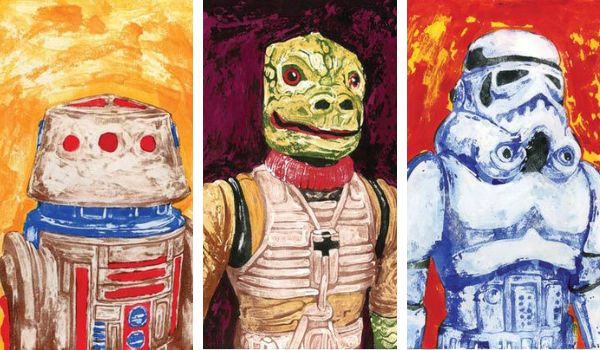
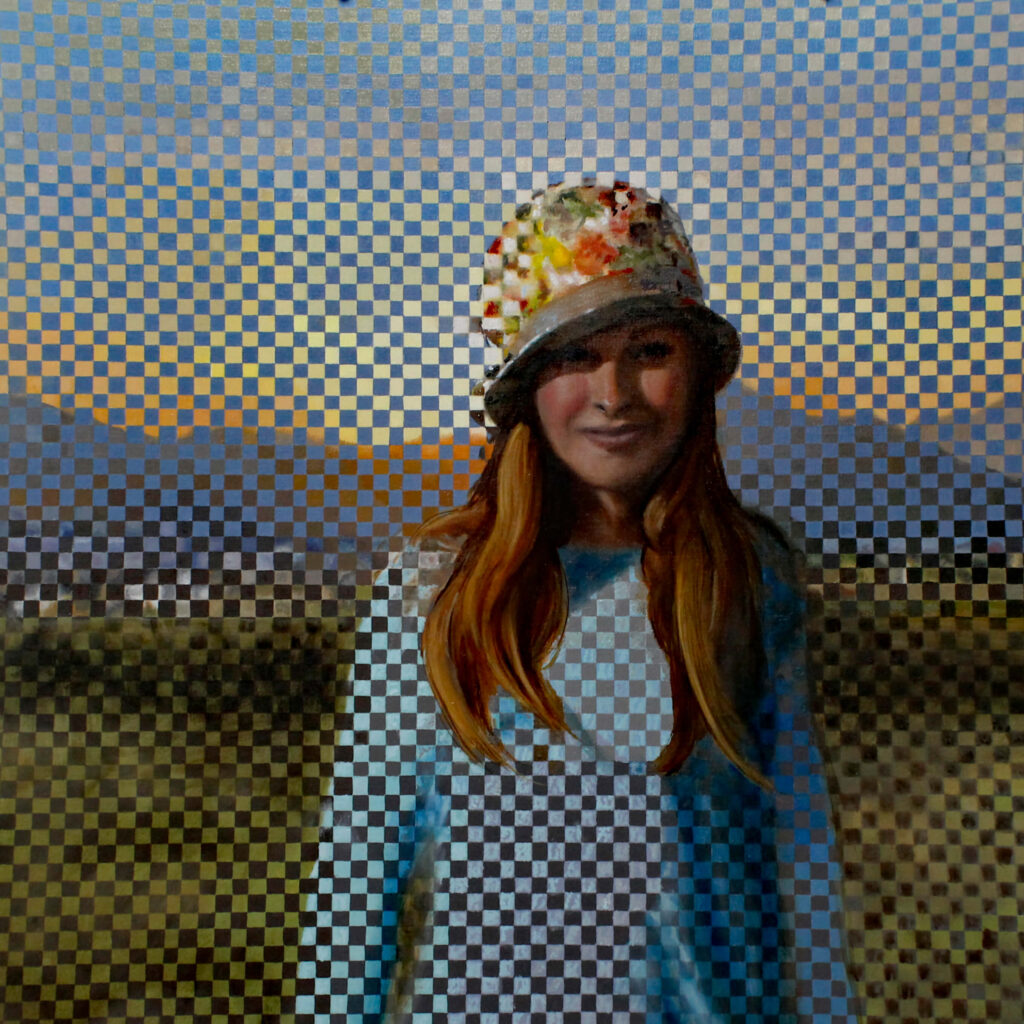
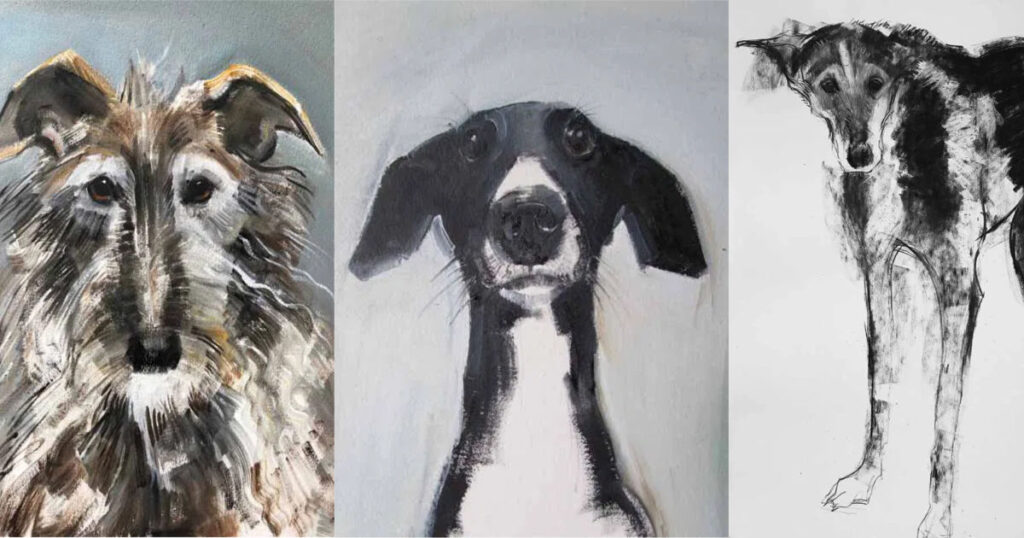
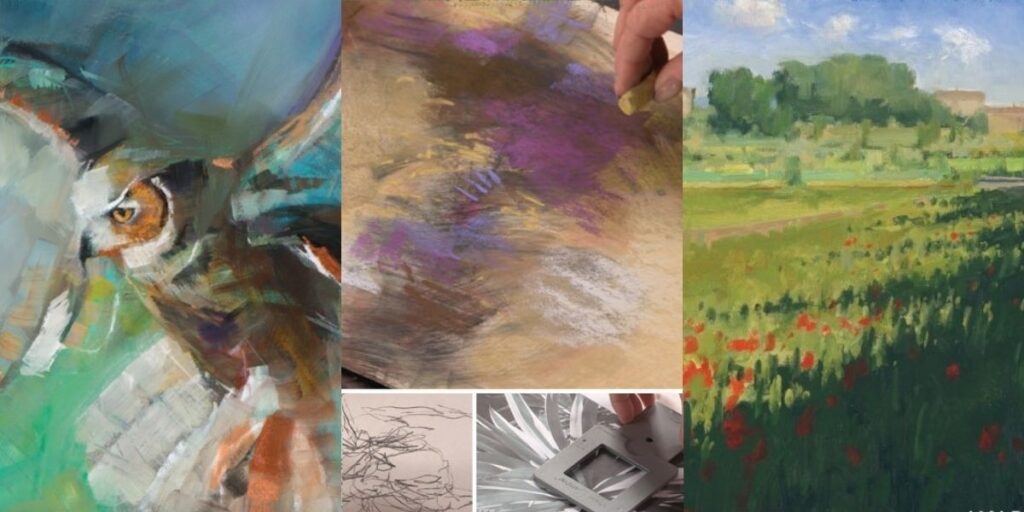
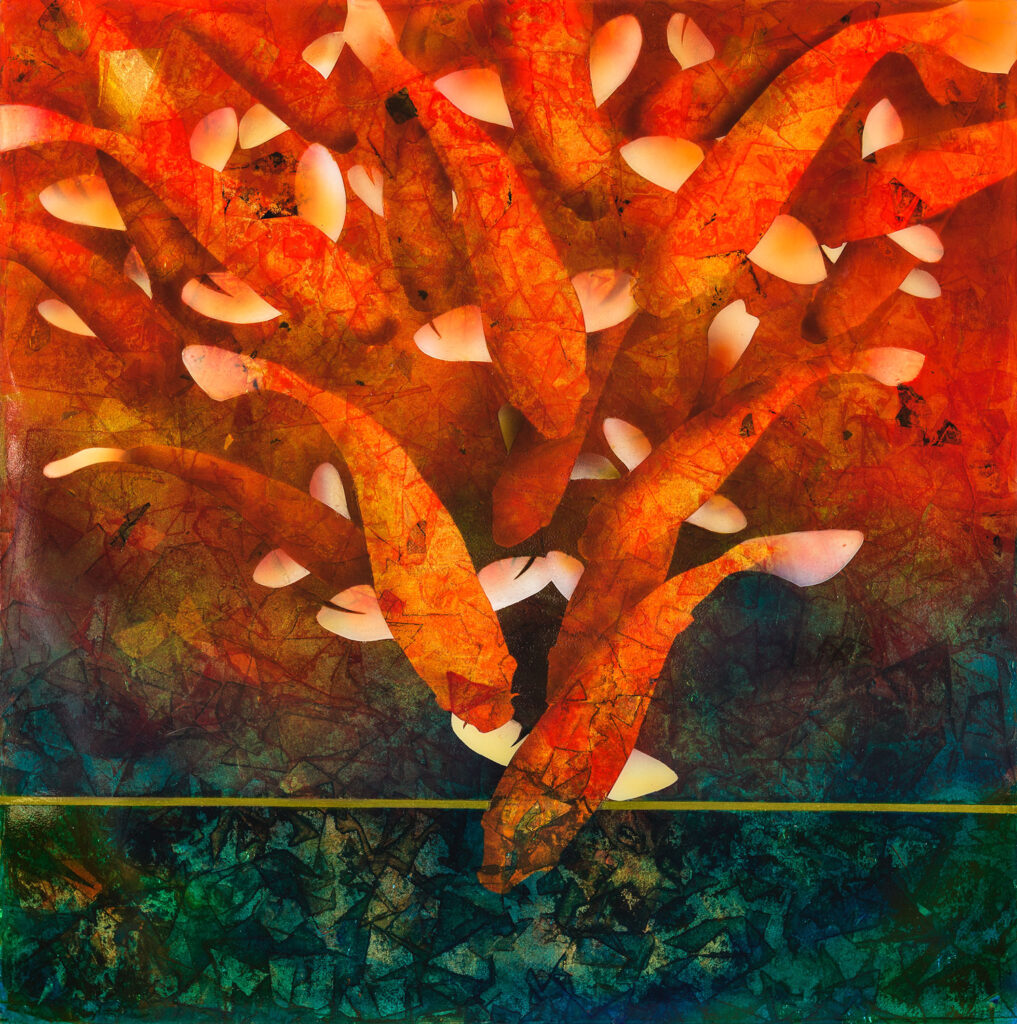
Have a technical question?
Contact UsJoin the Conversation!